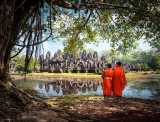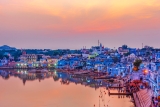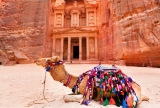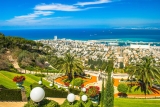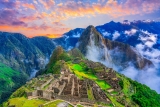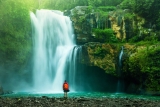CAMBODIA About Kavaya Travel Group For more than two decades, Kavaya Travel Group has been a trusted partner for tour operators and travel ...
India About Indo Asia Tours With longstanding experience and knowledge of destination management of the Indian subcontinent and neighbouring ...
Saudi Arabia About 88Destinations 88Destinations is a licensed inbound tour operator and DMC based in Jeddah, Saudi Arabia. It is part of the group EL ...
Oman About Infinite Tours The possibilities are limitless with Infinite Tours Oman. Whether they are looking to explore the width and breadth of Oman, ...
Jordan About Ya'lla Tours! Ya’lla Tours DMC is a distinguished, full-service Destination Management Company that has been a trusted leader in ...
Israel Eshet Incoming As Israel’s leading DMC, winning of Crystal Awards and World Travel Awards, Eshet Incoming is looking back at over 33 years of ...
Peru About Inbound Peru Inbound Peru started out in 2004 as the Inbound Department of Nexos Servicios y Representaciones Turisticas, the first ...
Panama About Trip Scouts Trip Scouts Panama is a Destination Management Company, dealing with the professional planning and implementation of trips ...
Mexico About Cancun Travel Group At Cancun Travel Group, they are proud to offer services as Receptive Operator and as DMC (Destination Management ...
Costa Rica About Catours Founded in 1972 and developed as a family-owned company by Jorge Taylor, CATours has become Costa Rica’s preferred DMC and ...

